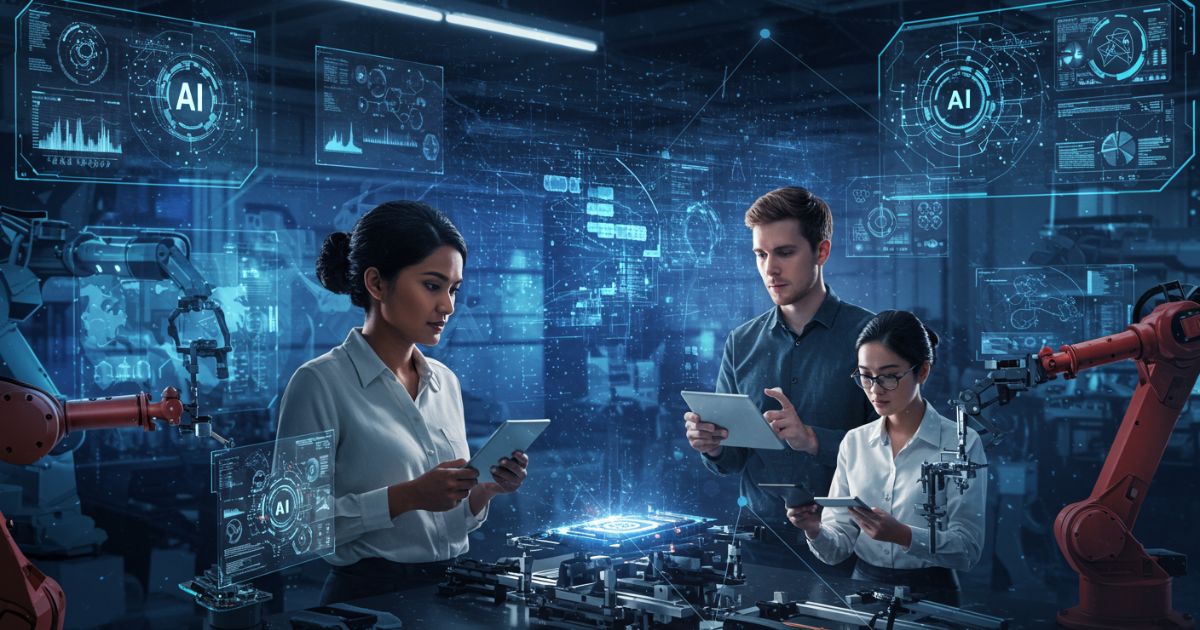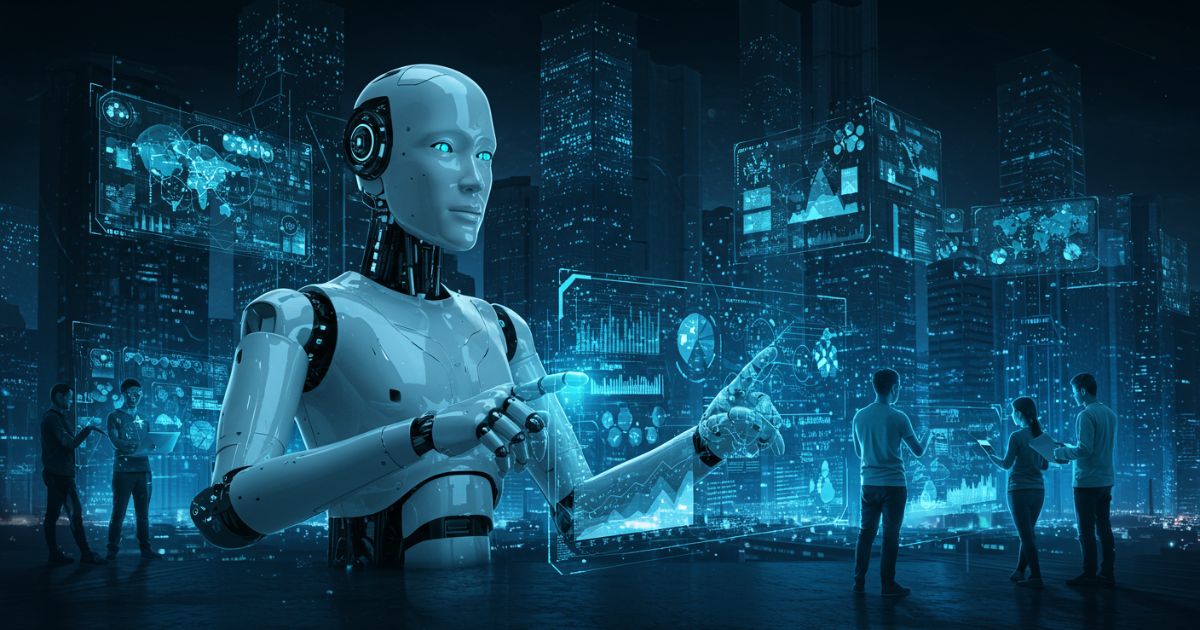
AI-driven innovation is transforming the way businesses develop products and services. By combining artificial intelligence with human-centered design, companies can build solutions that people really need. Tools such as machine learning, predictive analytics, and natural language processing enable teams to make more informed decisions. Big names like Google, IBM, and Tesla use these methods to solve real-world problems. In this guide, we will provide a clear blueprint for combining AI and human empathy. This approach helps teams create meaningful and innovative solutions.
Why Integrate AI and Human-Centered Design?
Human-centered design emphasizes empathy, user research, and iterative prototyping to solve real problems. AI-driven innovation, on the other hand, leverages data analytics, machine learning, and predictive modeling to surface insights at unprecedented scale. Together, they form a synergistic approach that:
- Accelerates discovery of unmet user needs through AI-enhanced research
- Augments creativity by generating ideation prompts and pattern recognition
- Enables rapid, data-backed prototyping and testing
- Delivers solutions that resonate deeply with target audiences
Understanding AI-Driven Ideation Tools

Modern AI platforms offer a suite of capabilities that can supercharge every phase of the innovation process. Key functionalities include:
- Natural Language Processing (NLP): Analyzes user feedback, reviews, and social media conversations to extract sentiment and pain points.
- Generative AI: Produces creative prompts, sketches, and even full concept briefs based on input parameters.
- Predictive Analytics: Forecasts market trends, adoption rates, and potential risks using historical and real-time data.
- Computer Vision: Interprets user interactions or physical prototypes to quantify usability and ergonomics.
Core Principles of Human-Centered Design
While AI tools drive efficiency, HCD grounds your process in genuine human experiences. The five core principles are:
- Empathy: Deeply understand users through interviews, shadowing, and contextual inquiry.
- Define: Synthesize insights into clear problem statements or design challenges.
- Ideate: Generate a broad range of concepts, suspending judgment to encourage wild ideas.
- Prototype: Build low- to high-fidelity representations rapidly to test assumptions.
- Test: Validate prototypes with real users, capturing feedback for iteration.
A Step-by-Step Blueprint for Integration
1. Empathy & AI-Driven Research
Begin by gathering qualitative and quantitative data. Use AI-driven sentiment analysis on customer service transcripts and social media posts to identify recurring pain points. Complement these insights with in-person interviews and ethnographic studies to capture context, emotion, and nuance that algorithms may overlook.
2. Defining the Human-AI Challenge
Translate your findings into a focused design brief. Frame challenges in “How Might We” questions—for example: “How might we leverage predictive analytics to personalize wellness plans for seniors?” This hybrid problem statement ensures both AI capabilities and human needs are front and center.
3. AI-Assisted Ideation Sessions
Conduct ideation workshops where participants interact with generative AI assistants. Prompt the AI to produce unexpected use cases, analogies from other industries, or rapid concept sketches. Encourage cross-functional teams—designers, engineers, marketers—to build on AI suggestions and push boundaries.
4. Rapid Prototyping with Digital Twins
Leverage AI-powered prototyping platforms to create digital twins or interactive mockups. These tools can auto-generate variations of UI layouts or physical product schematics based on input constraints, saving time and broadening the pool of testable designs.
5. Iterative Testing & Feedback Loops
Deploy prototypes to small user cohorts and collect feedback via AI-enhanced survey tools that analyze sentiment and highlight emerging trends. Use the insights to refine both the product and the AI model itself, creating a virtuous cycle of continuous improvement.
Real-World Case Study: HealthTech Transformation
A leading healthcare startup combined HCD with AI to revolutionize remote patient monitoring. They used NLP to mine patient forums for common frustrations, then held empathy workshops with caregivers to validate findings. Generative AI produced over 50 app interface concepts overnight, which were rapidly prototyped and tested via virtual reality simulations. The result: a user-centric monitoring platform that increased patient adherence by 35% and reduced hospital readmissions by 20%.
Best Practices and Common Pitfalls

- Best Practice: Maintain transparency about AI’s role to build user trust.
- Best Practice: Balance data-driven decisions with qualitative insights to avoid tech-centric bias.
- Pitfall: Overreliance on AI recommendations can stifle human creativity—always encourage manual ideation phases.
- Pitfall: Ignoring edge-case users in early testing can lead to exclusionary designs.
Future Trends in AI & HCD
Looking ahead, expect advancements in explainable AI that clarify decision processes, making it easier to co-design with non-technical stakeholders. Augmented reality interfaces will enable immersive empathy exercises, and edge computing will power on-device AI for real-time user insights. Organizations that stay ahead of these trends will be best positioned to deliver hyper-personalized, emotionally resonant products.
Conclusion
The fusion of AI-driven innovation, machine learning, and human-centered design represents a paradigm shift in how we create meaningful solutions. By following this blueprint—grounding every AI capability in genuine human insight—you’ll not only accelerate ideation but also craft products and services that truly resonate. Embrace this hybrid approach today, and drive scaling innovation across your organization to lead it into the next era of revolutionary breakthroughs.
Leave a Reply